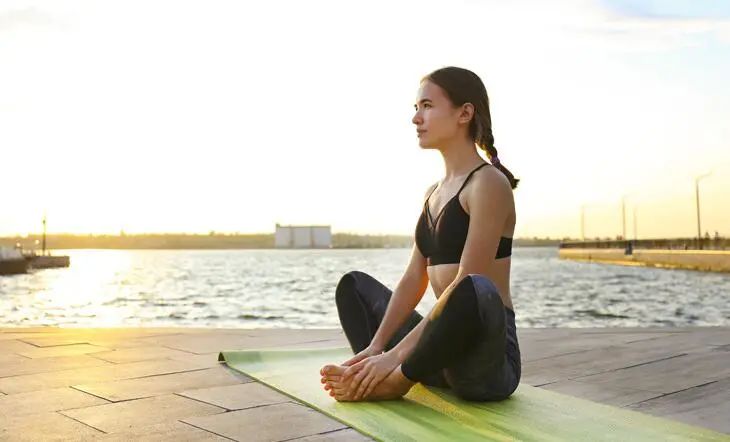Master Iyengar often said that there should be some common sense in practicing asanas – muscles should be adjusted and returned to the bones, organs should be adjusted and returned to the connective tissue, the inside of the body should be adjusted and returned to the outside of the body, the back of the body should be adjusted and returned to the front of the body, and organs should be adjusted and returned.

We practice yoga to achieve our desired goal, not to get hurt.

Therefore, the positive position is not only to make the asana beautiful, but also to make the asana safer.

For example, the pelvis is easy to tilt back and forth.

Maintaining the neutral position of the pelvis is conducive to the extension of the lumbar spine, the activation of the core, and the adduction of the ribs.

In yoga practice, “positive position” is not only the physical balance, but also the internal balance, such as the balance of breathing, the balance of nervous system, the balance of psychology, the balance of consciousness, etc.

Before practicing yoga, you can ask yourself 1 Does your practice balance your life? If you are running, swimming, cycling and other high-intensity points, it is recommended that you choose asana exercises that are not so strong in nature, such as Iyengar exercises or restorative exercises.

In this way, you can enjoy the benefits of yoga and avoid overusing your joints, tendons and muscles.

If you are sedentary, flow yoga will keep your body balanced.

2.

do you practice too much? Some people feel that they need more than 90 minutes of high-intensity exercises 5-7 days a week.
And try to keep up with this “expectation”.
For many people, too frequent over exercise will also lead to excessive use of joints and unnecessary repeated pressure on tendons and muscle fibers.
3.
are you protecting your shoulder? Are your shoulders below your elbows in a four column brace? Do you jump back every time you practice Vinyasa? If the shoulder is uncomfortable, in most vinyasas, it is recommended to place your knee on a cushion or skip a four column support to prevent repeated pressure injuries.
4.
are you protecting your hips? Are you listening to your body? In the posture of external rotation of legs and deep hip flexion (such as compass and Heron), observe how far your body naturally wants to go without further pushing? You can also balance hip flexibility through abduction, adduction, and gluteal strength training.
5.
did you protect your knees? In the standing position, do not let the bent knee exceed the ankle.
In a standing position that requires external rotation like Warrior II, rotate the front leg from the hip fossa rather than the front foot.
Before practicing positions that require deep external rotation and knee bending, such as full lotus.
Please warm up your body.
6.
are you protecting your lower back? Will you warm up before entering the deep forward bend? If you already have lower back problems or tight hips and hamstrings, be careful to bend forward, especially sitting forward.
7.
are you working hard to learn positivity and increase stability? Advanced practitioners know how to adjust their bodies and use appropriate assistive devices when necessary.
Better alignment will help you avoid injury.
Attached are 26 details of common postures and comparison of right and wrong figures 1.
Arm lift 2.
Standing forward bending 3.
Tree 4.
Goddess 5.
Horse riding 6.
Walking stick 7.
Cow face 8.
Sitting angle 9.
Sitting spine torsion 10.
Downward dog 11.
Half arm downward dog 12.
Cat 13.
Cow 14.
Tiger-15.
Tiger-16.
Camel 17.
Upward dog 18.
Side plate 19.
Anti inclined plate 20.
Wild 21.
Wheel 22.
Bow 23 Half breaststroke 24, small bridge 25, half hand handstand against the wall 26, head handstand.
Pay more attention to feeling when practicing to find your own perception of practice…


